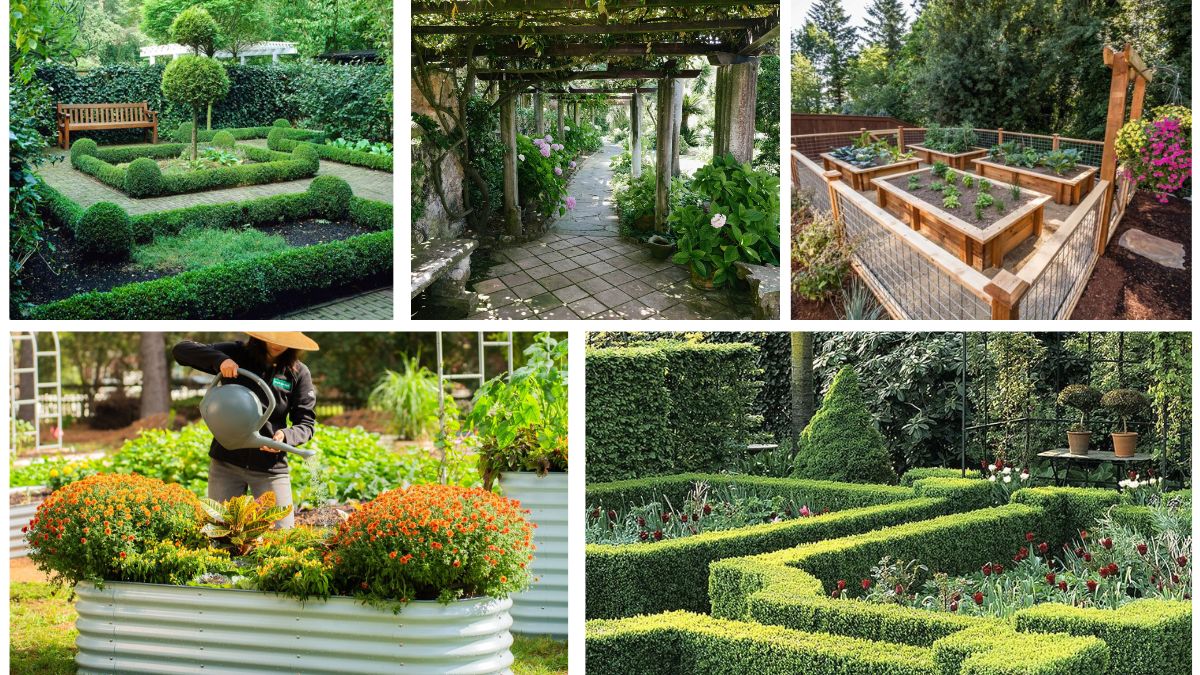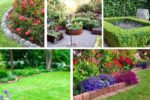Gardens are living works of art, where the arrangement of plants, pathways, and focal points come together to create a harmonious environment. Among the many design approaches, geometric flower beds stand out as timeless elements that bring both order and beauty to outdoor spaces. With their clean lines, well-defined shapes, and balance, geometric beds transform any garden into a structured masterpiece. Whether you are designing a formal estate garden, a suburban backyard, or even a small patio space, incorporating geometry into flower bed layouts provides endless opportunities to enhance both aesthetics and functionality.
In this article, we’ll explore the appeal of geometric flower beds, popular design shapes, plant selection strategies, installation tips, and ideas to personalize them for a structured garden that still feels welcoming.
The Appeal of Geometric Flower Beds
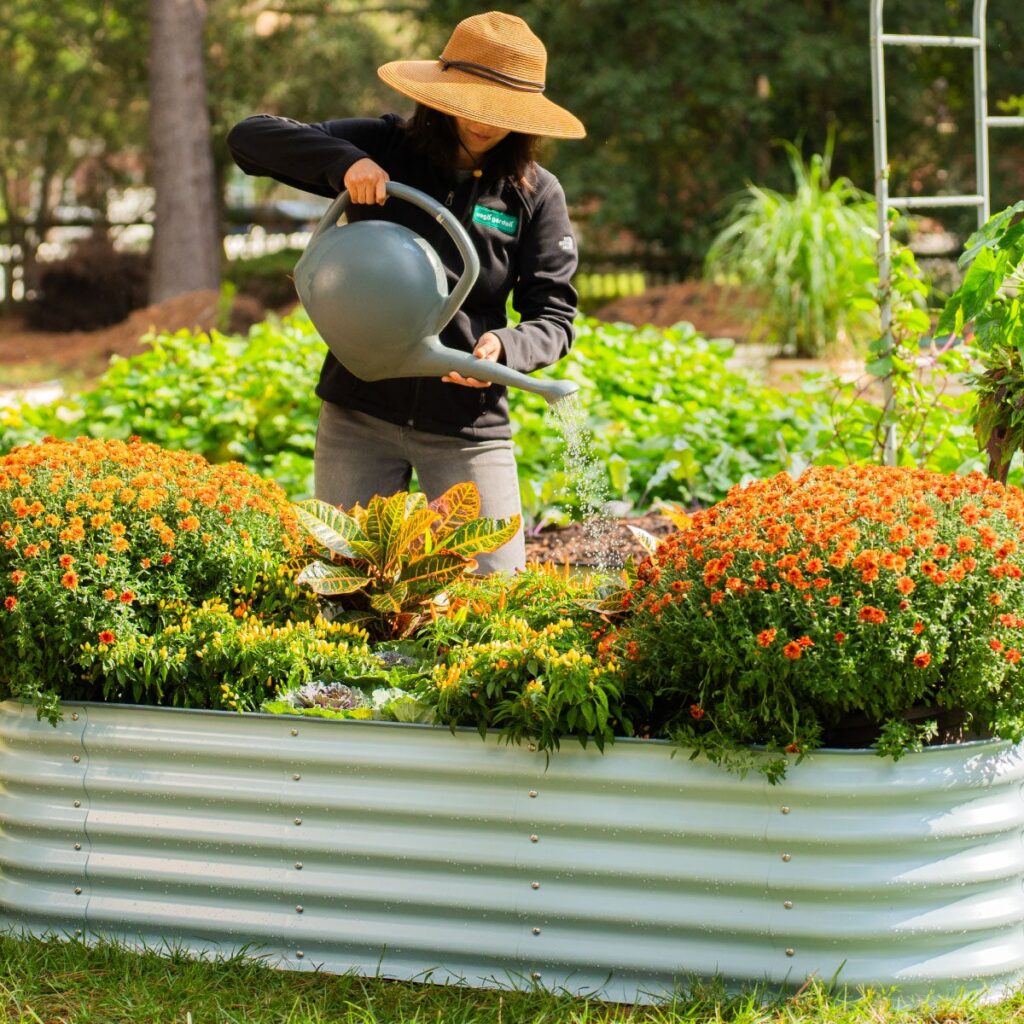
Unlike free-flowing, informal garden layouts, geometric flower beds emphasize symmetry, precision, and clarity. They serve as a visual anchor that immediately draws attention and organizes the outdoor space. Their appeal lies in several unique qualities:
- Sense of Order: Straight edges, crisp angles, and defined curves create a disciplined look that appeals to those who prefer neat and structured landscapes.
- Versatility: From large circular centerpieces to small triangular corner beds, geometric designs work for gardens of all sizes.
- Timeless Style: Geometry has been central to formal gardens for centuries, from Roman courtyards to Renaissance estates. It continues to be relevant in modern landscaping.
- Strong Focal Points: A square, hexagonal, or star-shaped flower bed instantly becomes a centerpiece around which the rest of the garden can be designed.
- Creative Planting Opportunities: Geometric forms lend themselves to bold color-block planting, layered arrangements, and dramatic contrasts.
Popular Shapes for Geometric Flower Beds

The choice of shape is at the heart of geometric garden design. Each form adds its own personality and purpose to the garden.
1. Squares and Rectangles
- Simple yet powerful, square or rectangular beds are classic in structured gardens.
- They can be arranged in grids or repeated patterns to emphasize symmetry.
- Perfect for borders, raised beds, or framing walkways.
2. Circles and Ovals
- Rounded shapes soften the look of structured gardens while maintaining balance.
- Circular flower beds often serve as focal points at the center of lawns or courtyards.
- Ovals are excellent for elongating narrow spaces, adding elegance without sharp edges.
3. Triangles
- Ideal for corner spaces or creating directional interest.
- Triangular beds can guide the eye toward a focal feature like a fountain or statue.
4. Hexagons and Octagons
- More complex shapes that add intrigue and depth.
- Often used in modern gardens for a bold, contemporary aesthetic.
5. Diamonds and Stars
- Dramatic and eye-catching, these shapes create instant visual drama.
- Best suited for larger gardens where their intricate form can be appreciated.
Planting Strategies for Geometric Flower Beds
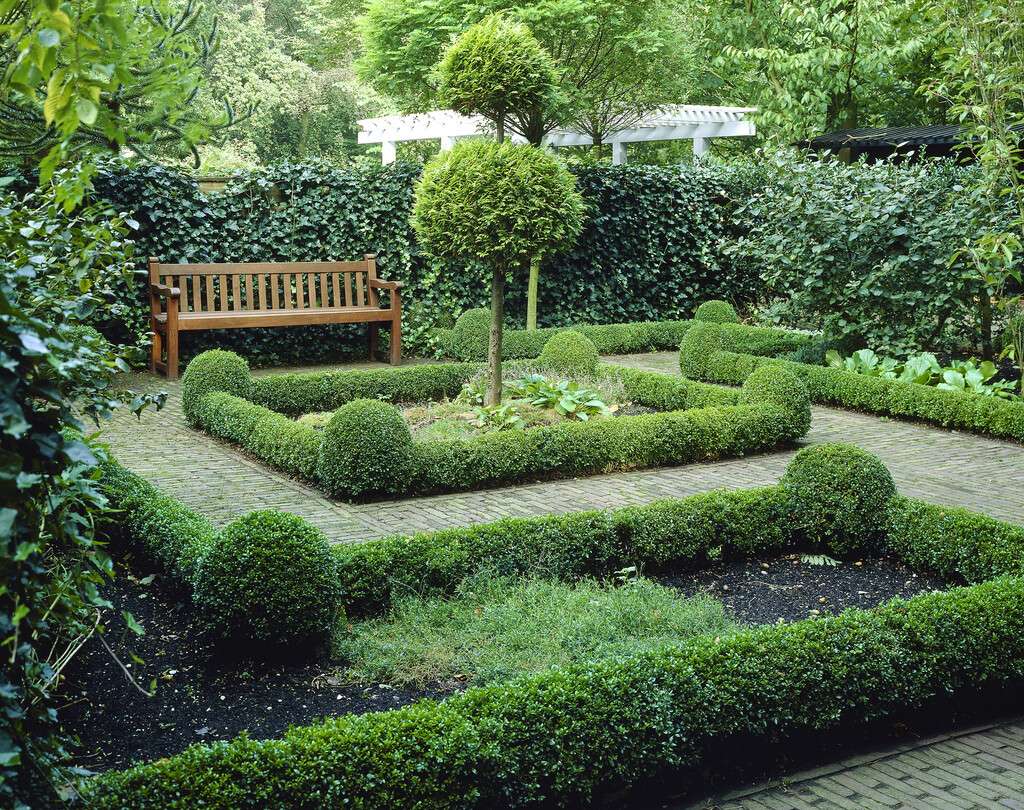
The beauty of a geometric bed lies not only in its shape but also in the thoughtful arrangement of plants within it. Here are some planting approaches:
1. Symmetrical Planting
- Plant identical species on all sides of the bed to emphasize order.
- Example: Planting lavender around the edges of a square bed with roses in the center.
2. Color Blocking
- Use bold sections of one color per area of the bed to highlight the geometric pattern.
- Example: A diamond-shaped bed divided into red, yellow, and purple tulip sections.
3. Layered Heights
- Place taller plants in the center (or back) and shorter plants near the edges.
- This creates dimension while preserving the crisp outline of the shape.
4. Seasonal Continuity
- Select a mix of perennials and annuals to ensure color throughout the year.
- For example, tulips in spring, zinnias in summer, and chrysanthemums in autumn.
Materials for Edging and Definition
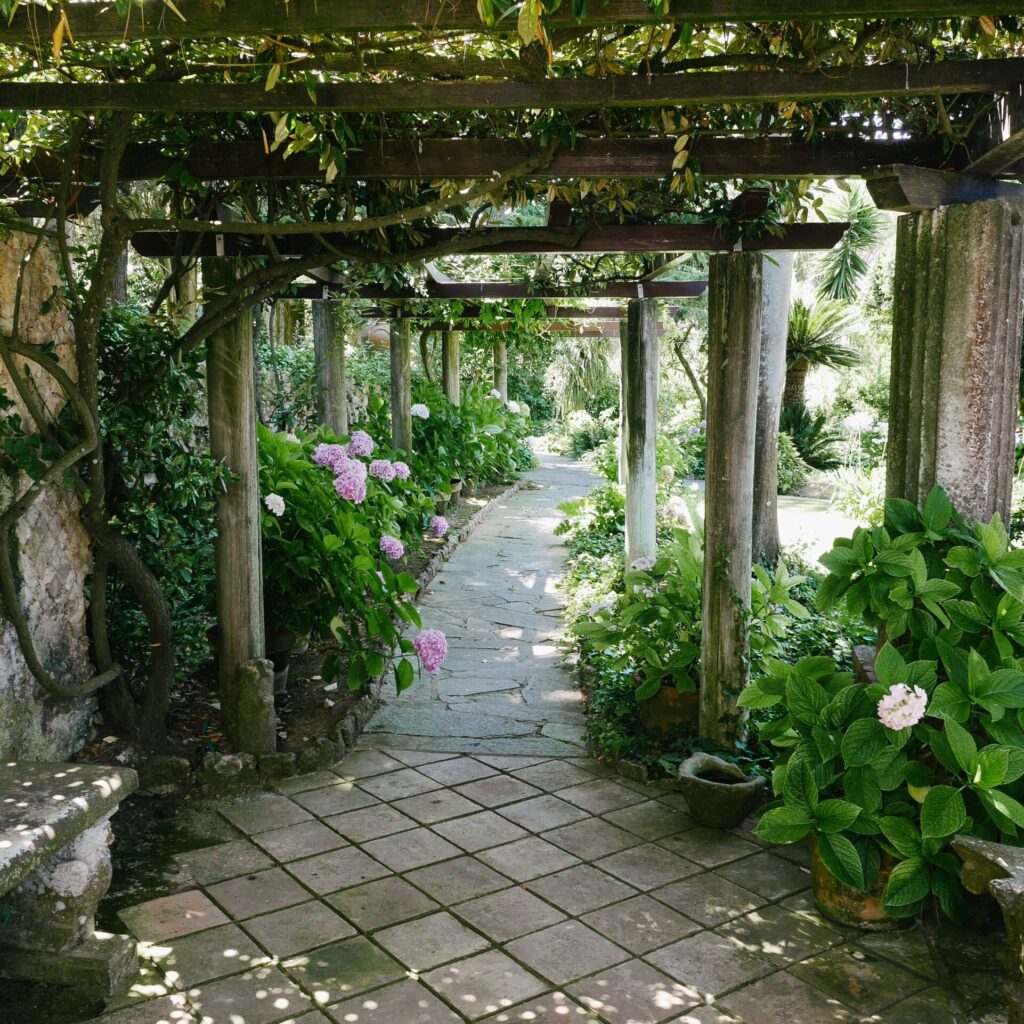
The success of geometric flower beds depends heavily on well-defined borders. Without clear edges, the precision of the shape can be lost. Popular materials include:
- Brick or Stone: Provides a classic, durable, and polished edge.
- Metal Edging (Steel/Aluminum): Thin yet strong, ideal for modern clean lines.
- Wooden Frames: Great for raised square or rectangular beds.
- Concrete Pavers: Offer flexibility for creating both straight and curved edges.
Edging not only preserves the geometric form but also prevents soil erosion and keeps grass or weeds from encroaching.
How to Install a Geometric Flower Bed
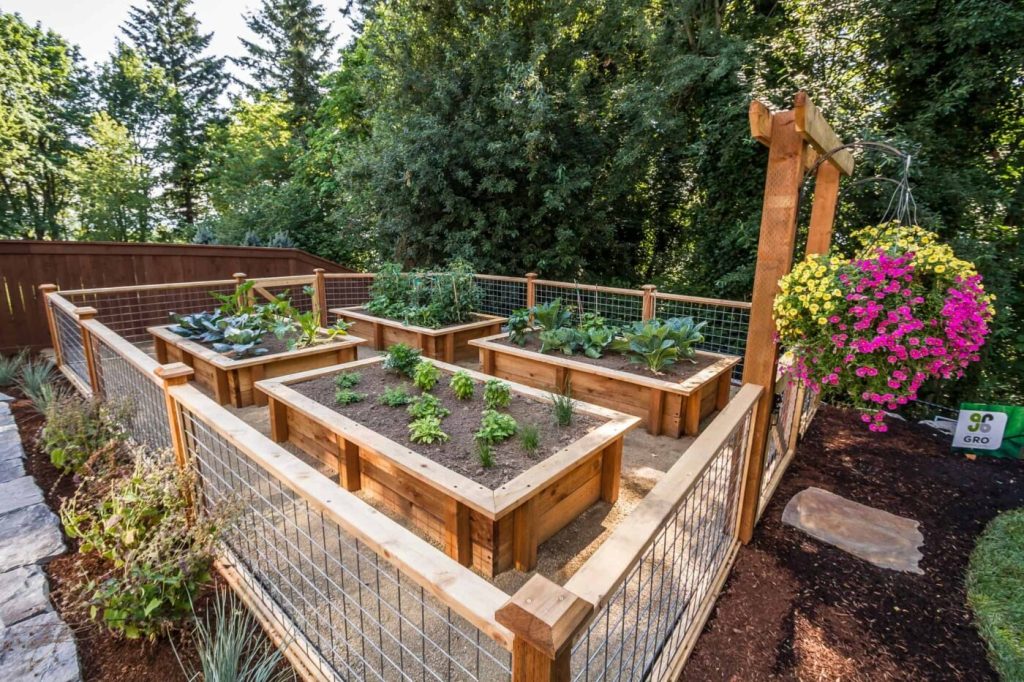
- Plan the Shape: Use graph paper or design software to sketch your garden layout.
- Mark the Ground: Use stakes, strings, or a garden hose (for curves) to outline the shape.
- Prepare the Soil: Remove weeds, loosen the soil, and enrich it with compost.
- Lay Edging: Install your chosen border material securely.
- Plant Thoughtfully: Follow planting strategies for symmetry and seasonal variety.
- Mulch and Water: Apply mulch to retain moisture and highlight the crisp bed outline.
Design Ideas for Structured Gardens
- Formal Symmetry: Create a mirrored arrangement with identical geometric beds on either side of a pathway.
- Central Feature: Use a circular or star-shaped bed at the center of your yard as a bold focal point.
- Mixed Geometry: Combine squares with circles or triangles with rectangles for visual variety.
- Raised Geometry: Construct raised beds in square or hexagonal shapes for easier gardening and stronger impact.
- Pathway Integration: Align geometric beds along pathways, creating a structured rhythm in the landscape.
Benefits of Geometric Flower Beds
- Easy Maintenance: Defined shapes make it easier to manage weeds and mow around the edges.
- Space Optimization: They allow gardeners to use space efficiently, especially in small yards.
- Flexibility in Design: You can adapt shapes to complement your home’s architecture.
- Professional Look: Adds a polished, intentional feel to the landscape.
- Adaptable Themes: From modern minimalist to classic European, geometry works with diverse garden styles.
Personalizing Geometric Flower Beds
While structure is central, geometric flower beds need not feel rigid. Add a personal touch by:
- Incorporating ornamental grasses for movement.
- Using scented plants like lavender or jasmine for sensory appeal.
- Adding garden sculptures or water features at the center of circular or square beds.
- Choosing plant color schemes that reflect your personality—monochrome elegance, bold contrasts, or soft pastels.
Conclusion
Geometric flower beds bring unmatched elegance, order, and sophistication to any garden. Their structured lines provide a sense of balance while offering endless room for creativity in plant selection and arrangement. By carefully choosing shapes, materials, and planting strategies, you can create a garden that feels both organized and alive. Whether you’re drawn to the clean simplicity of a square, the graceful curves of a circle, or the bold complexity of a star, geometric designs offer a pathway to turning your garden into a timeless outdoor masterpiece.
By blending precision with nature’s beauty, these flower beds prove that structure and creativity can coexist beautifully in the world of gardening.
